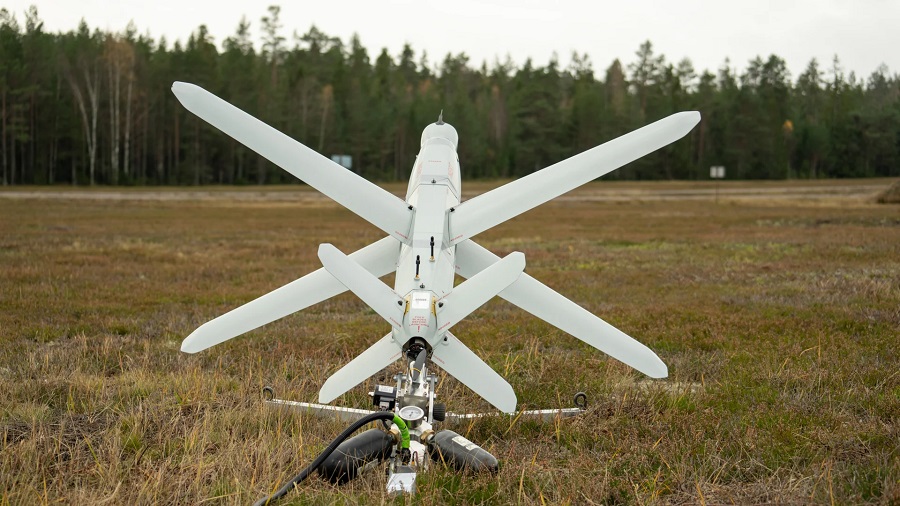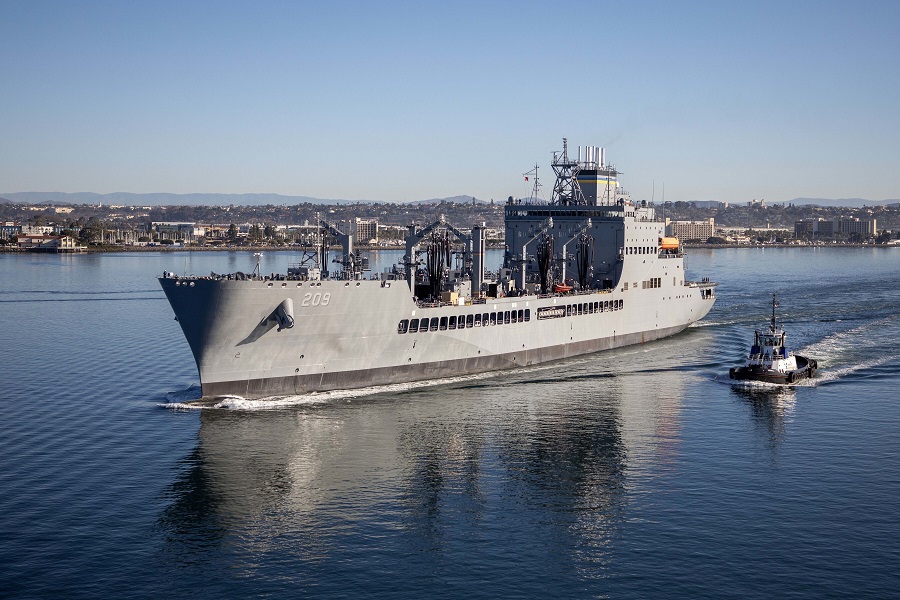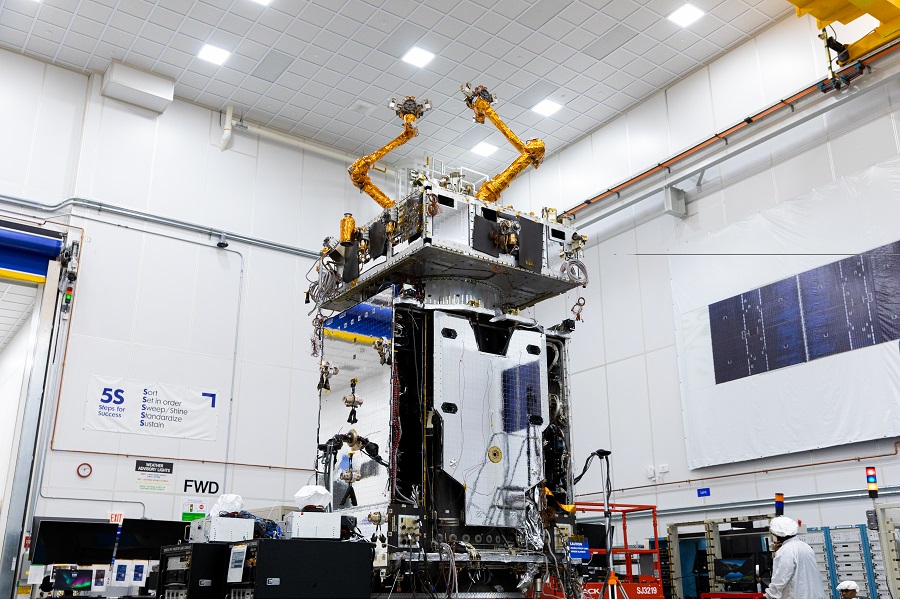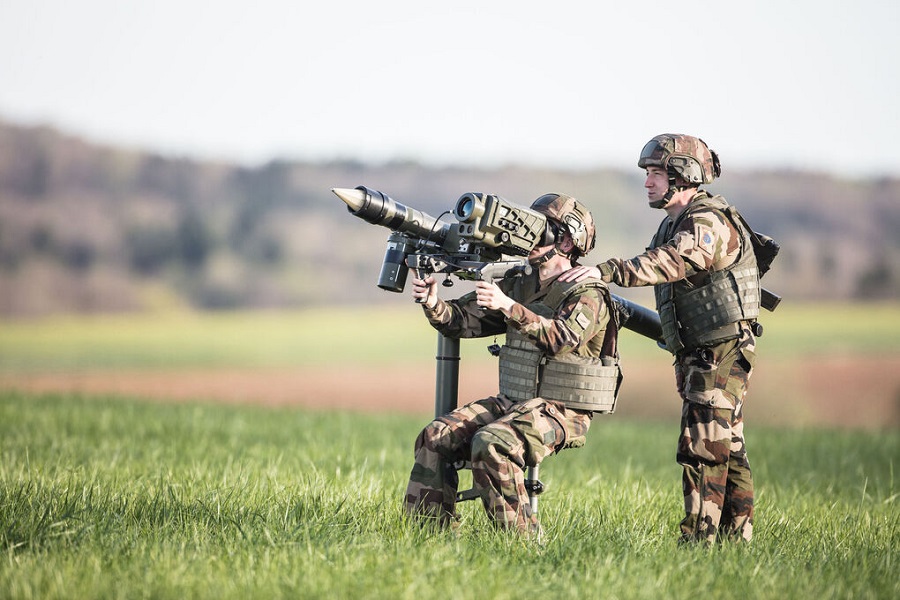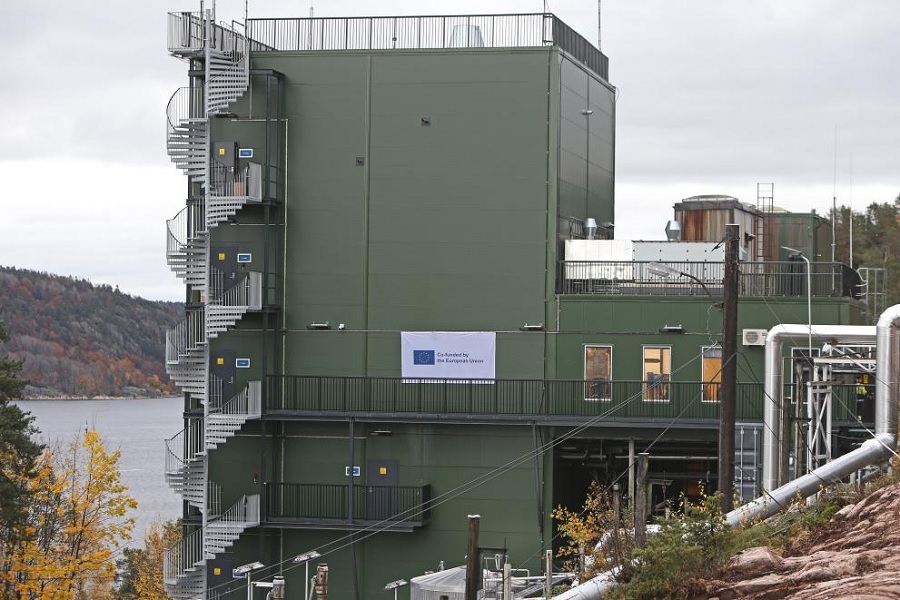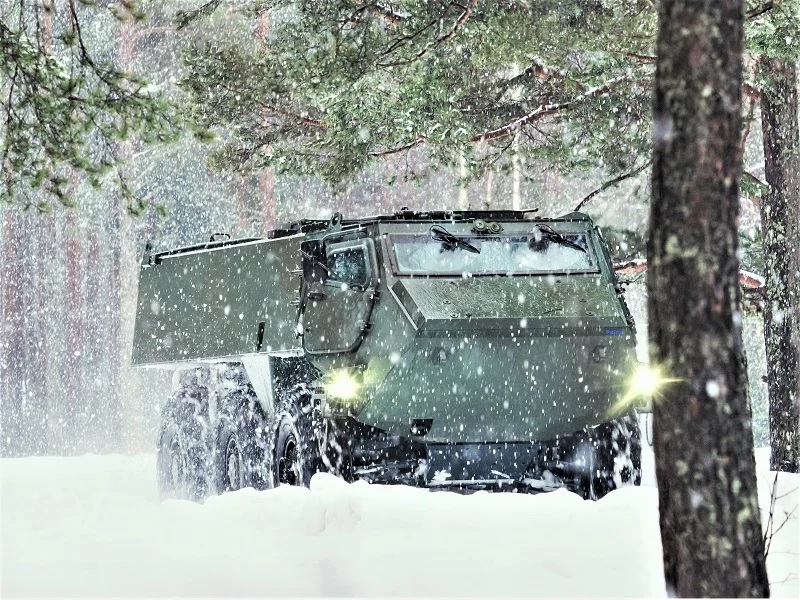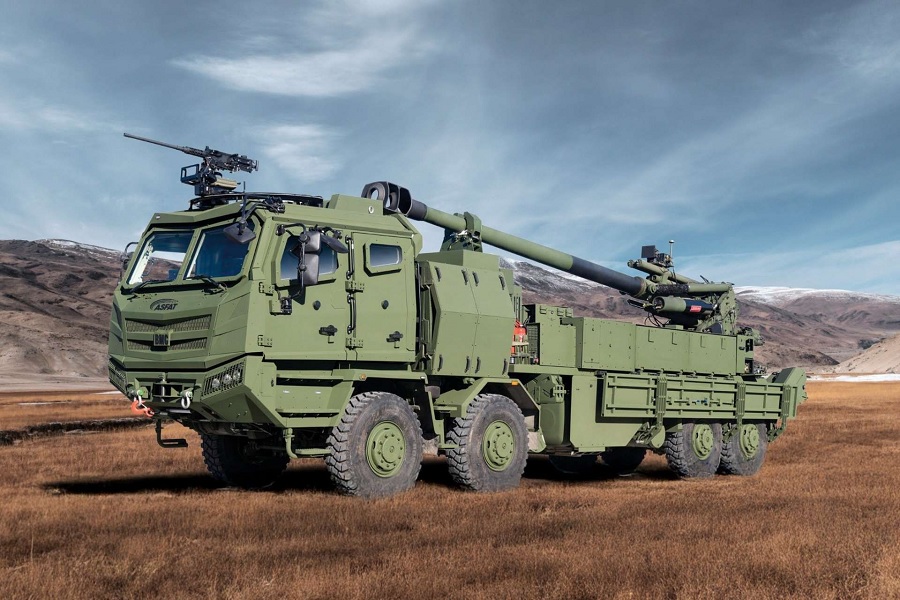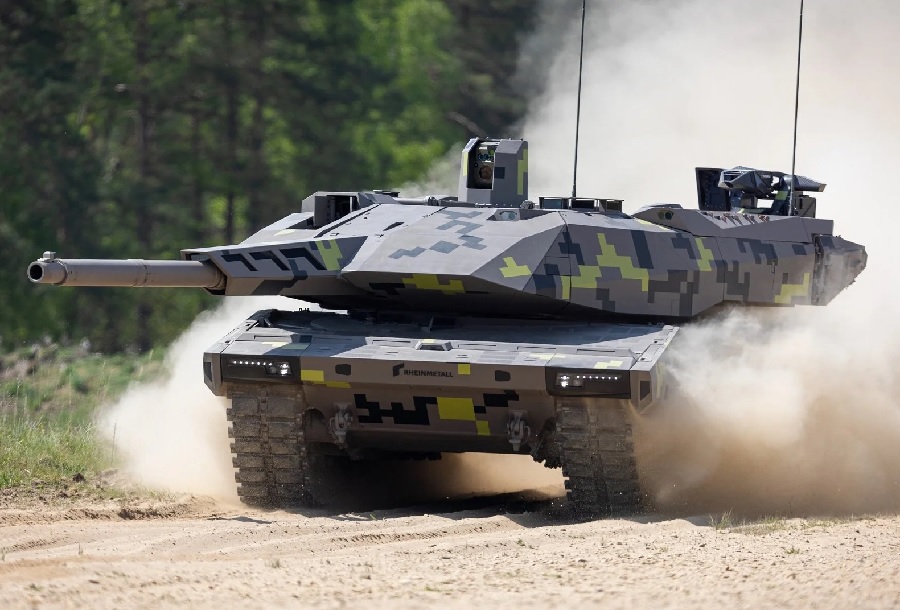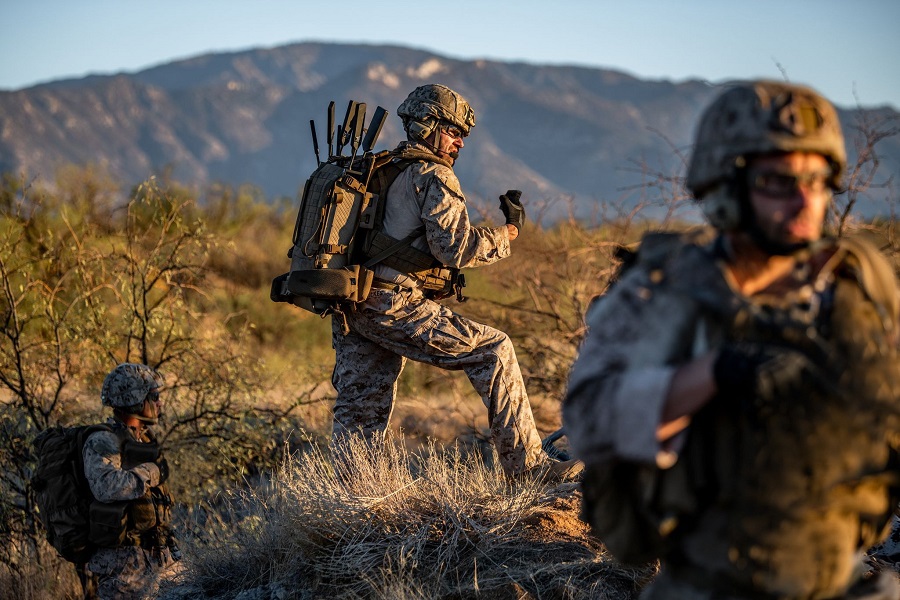“We take the drone threat seriously and we have understood what is happening on the battlefield in Ukraine. Therefore, we have purchased two types of drones corresponding to Russian capability and are now training our own personnel on these with the support of Ukrainian soldiers,” said Anders Hedman, Head of Test and Evaluation (T&E) for Land Systems at FMV.
At the site near Lake Vättern, Ukrainian soldiers demonstrated the Mace attack drone to Swedish personnel, who are undergoing a two-week training programme. The training includes hands-on deployment of the drones, launched from a ramp using compressed air, under close observation by FMV and Armed Forces staff.
“These drones are essentially copies of the Russian attack drones and now we are learning to fly them. It is very good that we have had Ukrainian soldiers here, because they have the best knowledge of these systems and use them daily. They share their experiences and teach us how they conduct drone warfare,” said Joakim Kylstad from FMV, responsible for the training.
The Mace drone, guided by three operators at remote stations, can carry different payloads such as shaped charges and thermobaric warheads. The reconnaissance drone Stork, used to locate targets before launching Mace, can operate up to four hours at altitudes of 3,000 metres.
“The drones are a bit different from what I’ve flown before, as they are controlled via a computer and not a hand controller. But they are quite easy to steer. The hardest part is the attack — the margins are very small when aiming, and if there are crosswinds it is difficult to keep the drone stable,” said Tommy Lindbäck from FMV, currently undergoing training.
The Karlsborg site is being developed into a Swedish centre for testing, measuring and advancing unmanned systems, working in close cooperation with the Swedish Armed Forces, the Swedish Defence Research Agency (FOI), and industry partners. The objective is to ensure unmanned systems meet strict standards for performance, safety and reliability.
“The purpose of the training, where we fly drones ourselves, is to build practical capability to detect, track and neutralise hostile drone systems in order to protect our own units. By acquiring copies of Russian systems, we can train against the threat we may face ourselves,” said Michael Ledenius, Head of Technical Unit at FMV T&E Land Systems.
“We are at the technical forefront here. We have a good concept, and the way we test our capability is very unique,” added Joakim Kylstad.
To support realistic threat simulations and the testing of counter-UAS systems, the site is investing in new measurement technologies including a target-tracking radar and three mobile optical systems. These tools strengthen the capacity to follow, measure and verify the behaviour and signatures of aerial and ground-based platforms.
“This is a technological leap in the verification and analysis of unmanned systems and it enhances our capability further. We want to create technology and solutions that work in reality, not just in theory,” said Michael Ledenius.
Source: FMV.




